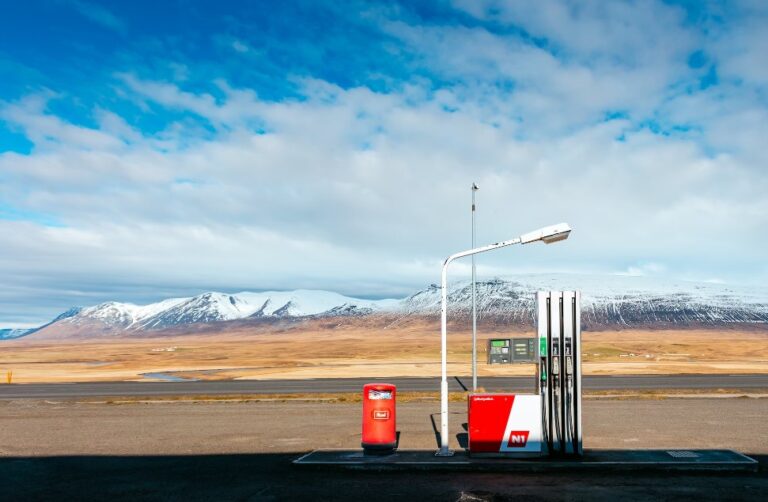In spite of the fact that North America is a continent that is renowned for its economic might and its varied landscapes, it is also home to regions that are struggling to overcome ongoing economic difficulties. They are also located on a continent that is well-known for its wealth but these states are confronted with a distinct collection of challenges that have impeded their economic growth.
Mississippi’s battles with poverty and West Virginia’s fall in the coal industry are just two examples of how the economic narrative of each state unfolds against the backdrop of a variety of social, industrial, and geographical circumstances. Here’s a look into five poorest states in North America.
Table of Contents
The 5 poorest states in North America
1. Mississippi
Mississippi, which is home to 2,984,926 people and has a median family income of $37,095, consistently ranks last in American economic rankings. The Magnolia State is struggling with a number of issues that make it one of the poorest states in North America. Its poverty rate of 18.7 percent places it #1.
Low economic diversification and high unemployment rates contribute to Mississippi’s persistently high poverty rate. The state also has lower-than-average levels of educational attainment, which is a problem.
Despite the fact that Mississippi is confronted with substantial economic challenges, efforts are being made to tackle these concerns. Communities are being lifted up and a brighter economic future is being paved the way for through initiatives to improve education and the workforce, revamp healthcare, and entice different industries.
2. Arkansas
With a poverty rate of 15.20%, Arkansas is the fifth poorest state in the USA. The state’s economy has improved somewhat in recent years, but it still faces problems that make it one of the poorest states in North America.
Economic difficulties have befallen Arkansas because of the state’s long history of reliance on agriculture, and more specifically, cotton production, which is vulnerable to changes in consumer demand. Commodity price fluctuations and shifts in global trade patterns can have a significant impact on the state’s economy. When trying to diversify its economy, the state runs into problems.
A less competitive workforce is a result of educational problems, such as lower levels of educational achievement and limited access to quality educational resources. The state’s capacity to entice industries that demand skilled labour is thus impacted by this. To move Arkansas out of its socioeconomic challenges, it is essential to address these discrepancies.
3. West Virginia
West Virginia has the fourth-highest poverty rate in the United States, at 15.80%. The mining of coal, which has long been vital to the state’s economy, has declined sharply in the last several years. The drop in coal consumption and the subsequent rise in environmental concerns had a devastating impact on the state’s economy, causing widespread economic instability and a high unemployment rate.
Problems in education, such as low levels of education attainment, are obstacles to workforce growth. West Virginia confronts the same problems with access to healthcare as other economically distressed states. The health and productivity of the workers are affected by limited access to healthcare services, which in turn contributes to the cycle of poverty.
4. Alabama
At 14.90%, Alabama’s poverty rate is the seventh highest in North America. As a result of a lack of resources and employment possibilities, many rural areas in Alabama continue to struggle economically, contributing to the state’s high rural poverty rate.
Education reform is a top priority for Alabama because of the state’s low rates of access to high-quality education, which hinders the state’s ability to train its workers and stimulate its economy. There will be difficulties in adjusting to the new economic reality for the state because of its long-standing reliance on conventional sectors like agriculture and manufacturing.
Many people in Alabama lack health insurance. Which is one of the state’s biggest problems when it comes to access to healthcare. Health and productivity are both affected when people are unable to get the healthcare they need. Despite ongoing efforts, Alabama continues to confront substantial obstacles in its fight against poverty and for improved economic conditions.
5. New Mexico
At 16.80%, New Mexico has the third-highest poverty percentage in the United States. A large percentage of its population lives in poverty, which the country struggles to overcome. Stable employment and access to key resources are made more difficult for residents due to economic inequality.
The state’s educational attainment levels are below average, which presents challenges. Inadequate healthcare access is another factor that hinders the health of locals and keeps them mired in poverty. Government contracts and military bases are two major sources of federal spending that impact New Mexico’s economy. Economic vulnerabilities might arise during times of budget changes when reliance on federal support is high.
Even though New Mexico is struggling economically, people are working together to find solutions. Aiming to promote transformation and improve the overall well-being of the state’s citizens, initiatives are underway to improve education, healthcare, and economic diversification while also capitalizing on the state’s cultural assets for tourism.
Read also: China, the United States and India: more than half of CO2 emissions come from them












